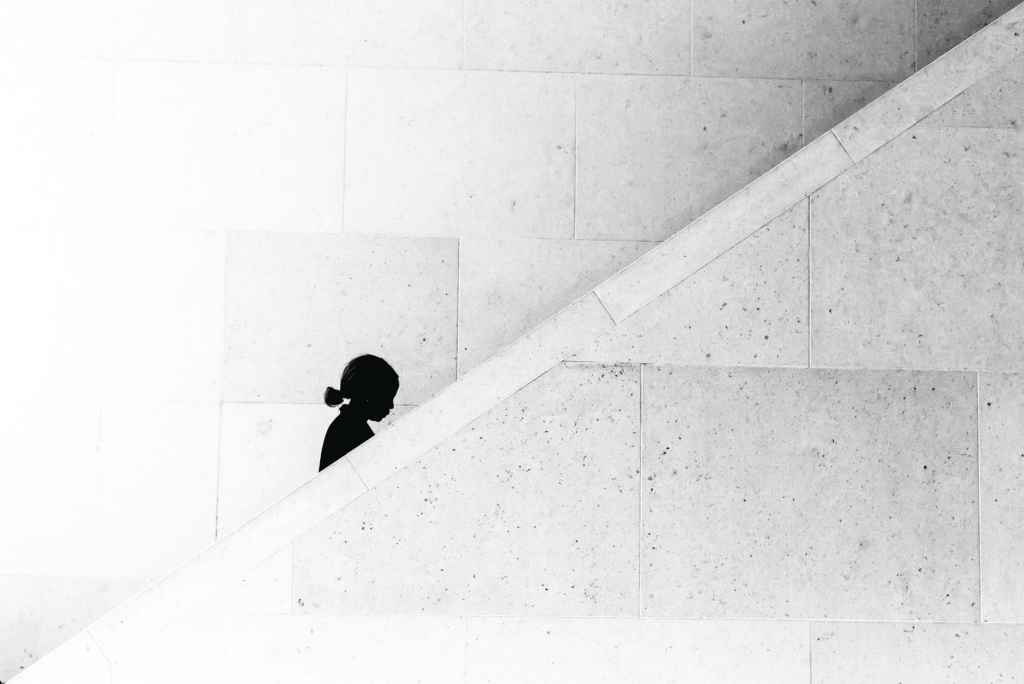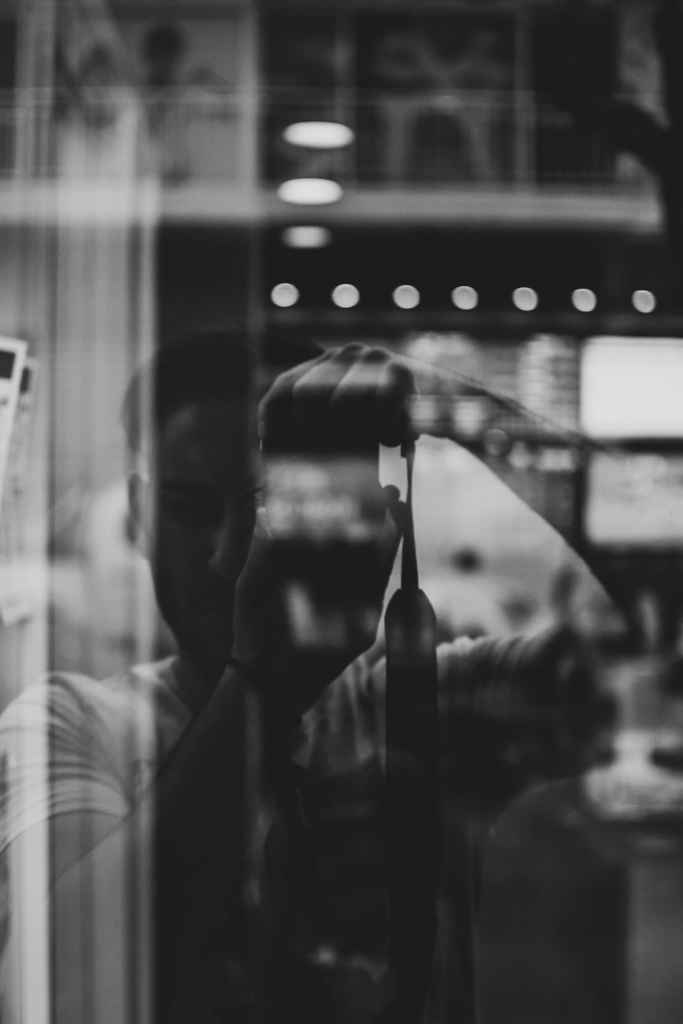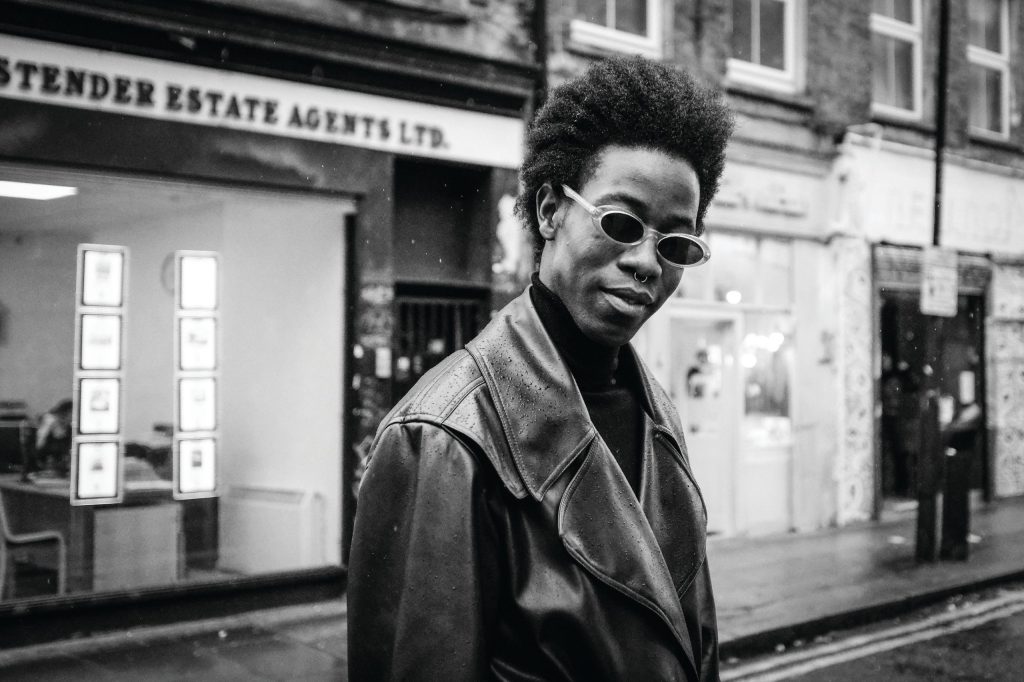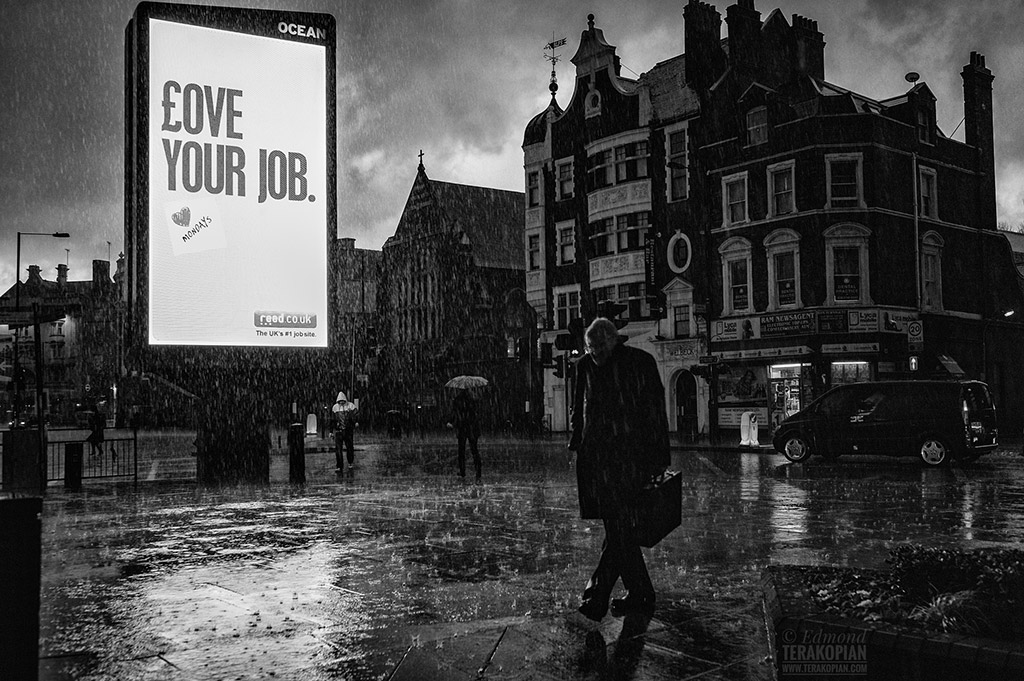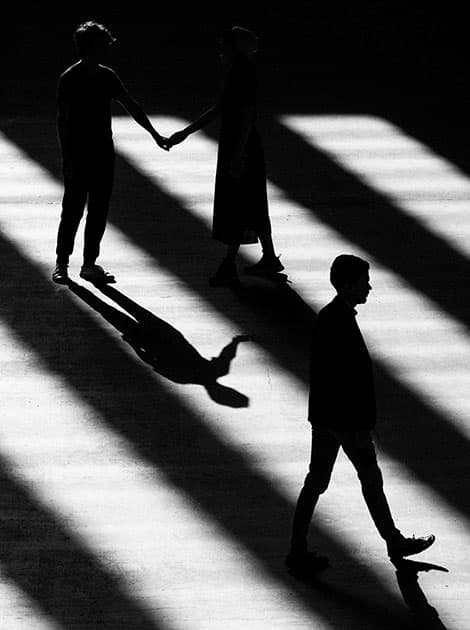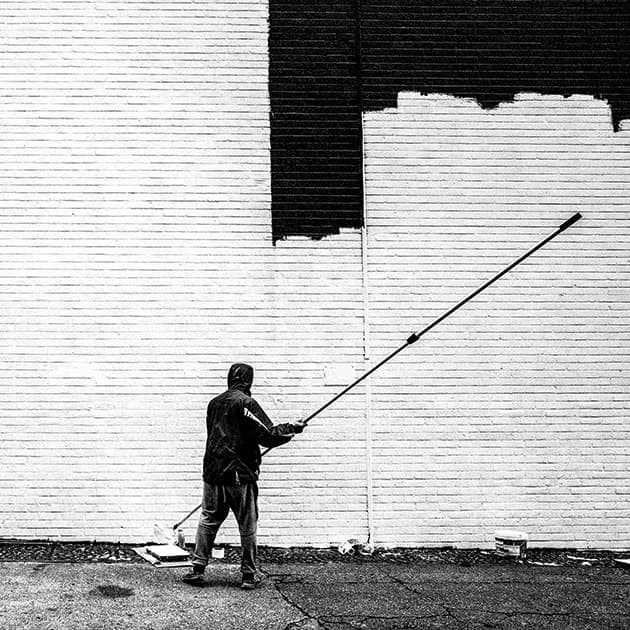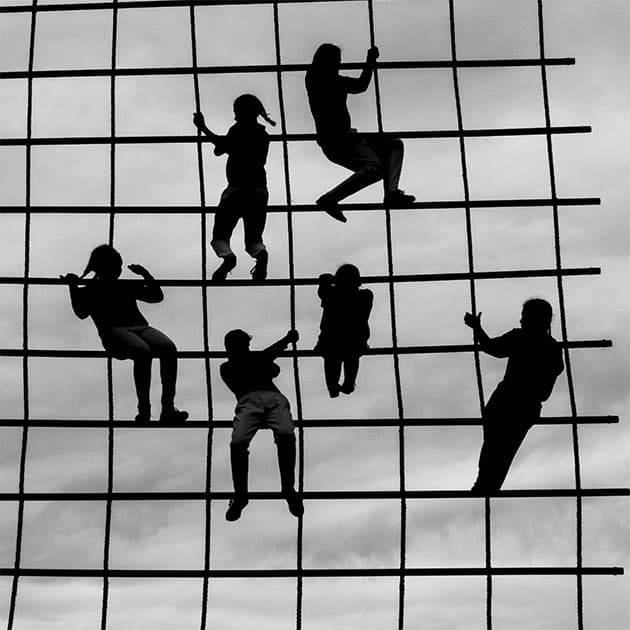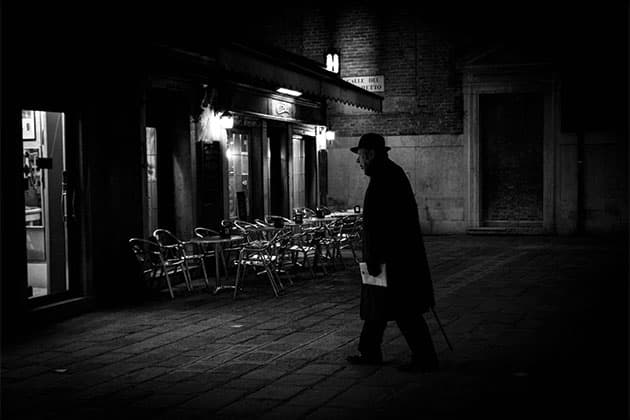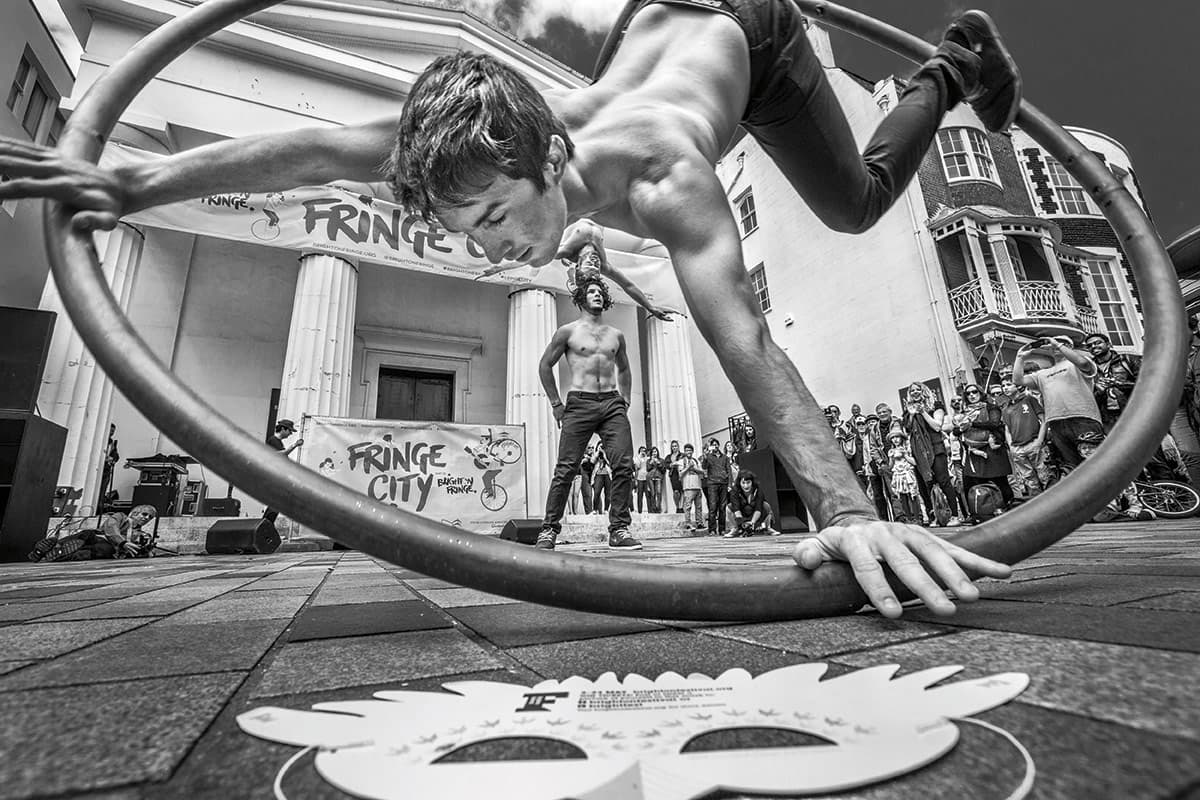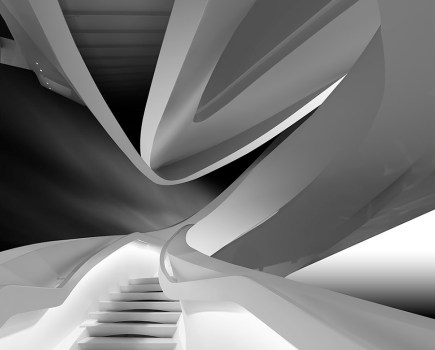What do the masters of street photography such as Eugène Atget, Henri Cartier-Bresson, Vivian Maier, Daido Moriyama and many others have in common? Their timeless images were immortalised in black and white. Successful black and white street photography is not just about losing the colour, however: you need to learn to think and see in black and white, taking account of texture, contrast, and, of course, the crucial interplay of light and shadow. Something about the absence of colour helps the viewer’s attention to the subject and essential elements of the composition.
In this feature, we get tips from Brian Lloyd Duckett, a street photography workshop leader and the author of the best-selling 52 Assignments: Street Photography, published by Ammonite Press. Edmond Terakopian meanwhile is a photographer and filmmaker, and former British Press Awards Photographer of the Year. He was Highly Commended in Travel Photographer of the Year 2022.
How to do black and white street photography
Why shoot street photography in black and white?
“Black & white photography is much more than a colour image without the colour,” Edmond Terakopian explains. “Composition, the use of light and even the exposure are different for a good monochrome shot. Most of the time, when I’m looking at a scene, I already know it’s going to be in black & white and take this into account when setting my camera.”
If you are wondering how to learn to see in black & white, maybe check out some of your favourite street photographers and really think about why they decided to shoot a particular scene without colour?
Negative and positive spaces
In the image above by Brian Duckett, the large light areas (negative space) make the woman’s head (positive space) really stand out, and are a crucial component of the composition. “You use negative space to impose a sense of scale, making your subject more or less significant,” he explains. “Seek out viewpoints that isolate your subject by contrasting it with its surroundings.”
Can you do street photography with a phone?
Terakopian’s biggest tip is to always have a camera with you. “Smartphones are fine, but nothing beats a real camera. Sometimes though, a smartphone is the best tool for the job and when I’m shooting with my iPhone, I tend to shoot raw using the Halide app and then process on Lightroom Mobile.”
This is a good reason to upgrade your smartphone to one capable of taking high-quality images which can work in mono: the latest Google Pixels, Samsungs and iPhones are stand-out examples, see the best smartphones for street photography here.
How ‘real’ do you want to be?
While long exposures and motion blur are popular techniques in street photography – a classic example being the bicycle rider in Hyères by Cartier- Bresson – they may be less appropriate for a more documentary style. “I do use tripods and love my Uniqball, but never on my street photography,” says Terakopian. “For me, this genre of photography has to be more real; more daily life and of the moment.” This is not to say more artistic effects are ‘wrong’ – it entirely depends on your approach. Without a clearly defined process, you will always struggle.
Don’t worry so much about street photography clichés
Terakopian is a firm believer in there are no clichés, so don’t get hung up on this. “Who knows, your clichéd shot of x, y or z, may become the defining image. My advice is not to stop making pictures that have been done before. That’s not to say copy, but if you like Cartier-Bresson’s work and you feel it, then shoot like that. Keep shooting, sharpening your eye, mind, soul and camera skills. Your own style will eventually and organically come through.” In other words don’t be inhibited by anxiety.
Great black and white street portraits
“Street photography is not just about shooting candid shots when nobody is looking,” notes Brian Duckett, who recommends setting yourself a street portrait project. “Try to shoot to a specific theme, such as people with a certain look, people in a specific location, people with dogs, motorbikes, doing a specific job… the possibilities are endless.”
Find out how to get started with portrait photography here.
Don’t make these street photography mistakes
“I think my first mistakes, which apply to street photography generally, were twofold,” Terakopian observes. “One was the nervousness of causing offence to others and the other was always rushing around and hunting for an image, often unsuccessfully, as opposed to finding the scene and the light, then waiting for the elements to come to me.” So, as with many other genres, patience is crucial in black & white street photography. Finding a location is one thing, but you often also have to wait for the right subject to come along, and the right light.
Don’t let rain get in the way of your street photography
One of Terakopian’s most successful and popular monochrome images ‘Love Your Job’ (below) was taken in heavy rain. “I was rushing to the car park after the Society of Wedding and Portrait Photographers show and saw the light from an advertising board, which was backlighting the rain. I found some shelter and waited for my picture. The adverts were on a loop and just as an advert reading “Love Your Job” came on, a businessman walked into frame, on this dull and dreary day.” While murky, drab weather might not feel very inspiring, it can suit your subject and intent perfectly.
Capturing shadows in street photography
“To develop your ‘shadow skills’, head out in bright weather,” says Brian Duckett. “Look for uncluttered areas (e.g. modern business areas) and plan ahead. Pre-visualise the images and think about the intensity and direction of light, and the best vantage point. Work out your options for exposure and shoot a wide variety of subjects as you practise getting the composition just right. Try shooting in manual mode and exposing for the highlights. This will intensify the shadows…”
Black and white street photography composition
“I’ve found that, with experience, composition becomes more of an instinct, but my workflow for years was to look at the entire frame, not just where my subject is,” Terakopian explains. “Check the corners as well as the middle. Make use of shapes and lines going into corners or the sides of the frame. Compose a frame within your frame, which then awaits your protagonist to walk into.”
Small is beautiful
As with all kinds of street photography, smaller cameras tend to work best. “But for me it’s because they’re lighter and therefore not as physically taxing,” says Terakopian. “An entire day of walking around with a heavy camera or a camera bag full of kit isn’t conducive to street photography. I think the way one moves and behaves can either draw attention or make us blend into a scene. So it’s nothing to do with the camera, unless of course we go to the extremes of carrying two or three DSLRs with huge zooms and a super telephoto!”. See our top picks of the best cameras for street photography here.
Shoot in raw
“Shooting a black & white JPEG is fine, but the raw file will give you much more highlight and shadow detail, which will result in a better end result,” Terakopian adds. “So, I always shoot raw, process in Lightroom and then finish the monochrome treatment in my two favourite plug-ins; Exposure Software’s Exposure X5 or DxO Nik Collection’s Silver Efex Pro. Each has their strengths, so I make my decisions depending on what my vision is for that particular image.” See our Silver Efex Pro guide here.
Mix prime and zoom lenses
“I generally prefer prime lenses in the range of 35mm to 50mm, although will happily shoot with a zoom,” counsels Terakopian. “For my Micro Four Thirds Lumix bodies, I love the Leica DG 15mm Summilux, which gives a 30mm field of view, as well as the Lumix 25mm f/1.7. For zooms, I like the Leica DG 12-60mm f/2.8-4.0 or the Leica DG 10-25mm Vario Summilux f/1.7. On my Panasonic Lumix S1 and S1R, the Lumix S Pro 50mm f/1.4 is king. It renders so beautifully, is fast to focus and I’ve found the face and eye detection works wonders – a good tip for street shooters looking to upgrade.”
See the best lenses for street photography here.
Strong and dominant
A lot of great black & white street photography incorporates punchy, high-contrast images made up of bright whites and intense blacks. “The strong light and dark tones, combined with a strong diagonal and the dominant block of unpainted wall, make this shot a winner,” says Brian Duckett.
Keep learning from the masters
“My first lesson in monochrome was to get piles and piles of books on photographers whose work I loved,” says Terakopian. “Everything from photojournalists like Sebastião Salgado to fashion photographers like Richard Avedon. I’ve never been one for still-life shots of flowers, but Mapplethorpe’s work was also hugely educational. Black & white is primarily about shape and light. My advice is to just keep looking. The harder and more intensely you look, the more you see. Then it’s a question of timing and capturing the moment and juxtaposition.”
Don’t try to ‘hide’ in black & white
Whether you are shooting in colour or black & white, it’s all about finding great light; light that complements your subject and creative intent. While masters like Trent Parke can get away with using very hard sunlight and very strong shadow, make sure your skills are good enough to ride this particular tiger. The same goes with trying to conceal softness in black & white, or lack of shadow detail due to clumsy exposure: an experienced viewer will soon see through your cynical ploy.
Do some ghost hunting
For Brian Duckett, slow shutter speeds and motion blur can help create some impressive street shots. It also gets you into the habit of finding suitable backgrounds for your subjects to ‘blur’ against, and this kind of background hunting comes in useful for street photography generally. Image and lens stabilisation is now so good with modern cameras that you no longer need to use a tripod, sometimes even with shutter speeds as slow as a second.
You’re so square
Some images just cry out for a 1:1 black & white format, so be mindful of this when you are out shooting so you can compose accordingly and avoid heavy-handed cropping later. “In this shot of climbers, the pattern of the netting helped make the decision to crop to a square,” says Duckett. Michael Kenna is another master of the square format with black & white, so check out his work too.
Popular locations are fine too
As an example, Terakopian cites his popular shot of a little boy running into reflected lines of light at the Tate Modern. “It’s one of these clichéd locations, but as I mentioned before, this should never stop us exploring and making our own images. I was very fortunate that this image picked up several awards and nominations. I made the shot on a Lumix G9 with a Leica DG 50-200mm f/2.8-4.0 lens.”
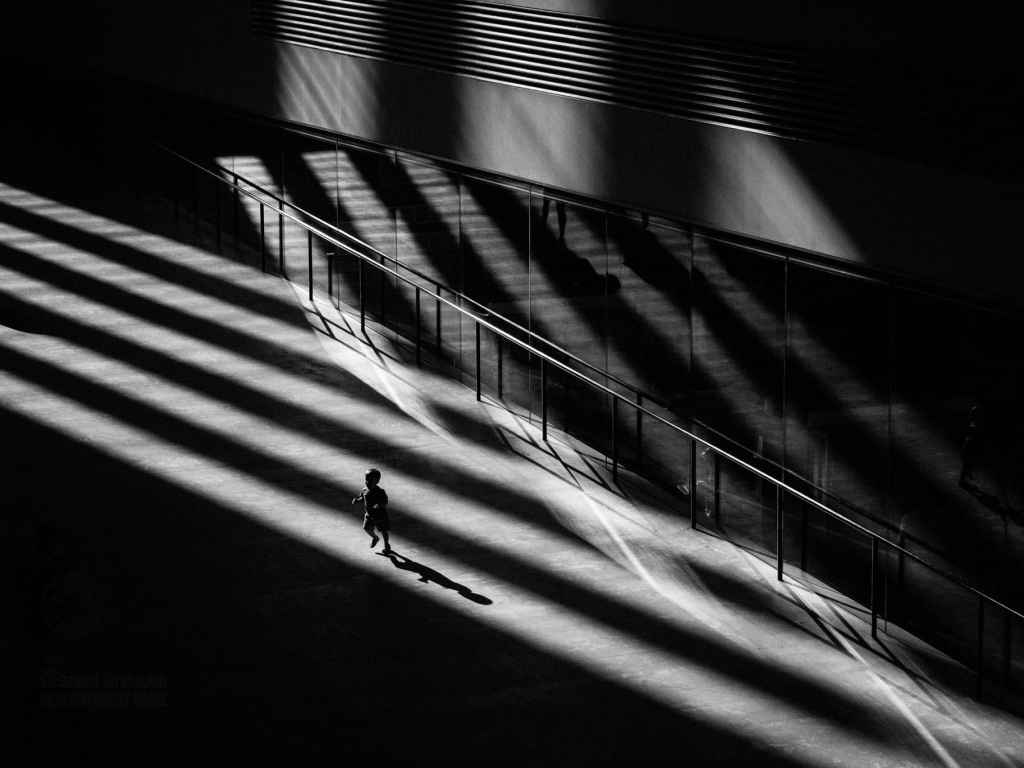
A child runs around whilst bathed in rays of sunlight in the turbine hall. Tate Modern, during a heat wave bank holiday. Bankside, London, UK. May 06, 2018. Photo: Edmond Terakopian
C’mon bring (a bit of) the noise
While you should not try to use mono to hide poor exposure or focusing, Terakopian has no issue with a little bit of noise. “The cameras I choose work beautifully at up to the ISO 10,000 mark, producing accurate colours, which are essential for making a full tonal range in black & white. My black & white conversions generally have some grain added, which can cover any distracting noise.”
Street photography at night
“Night shots need to look dark, but your camera’s light meter can easily overcompensate, leaving you with images that are too light,” says Duckett. “So use exposure to dial things down.” Another good tip is to wear darker clothes so you blend into the shadows better, and don’t attract the subject’s attention. But don’t look shifty or suspicious or you could also attract the wrong kind of attention.
Learn how to be street smart when out doing photography here.
52 Assignments: Street Photography (Ammonite Press, £12.99) is full of more great street shooting tips from Brian Duckett and is available from all good booksellers.
Featured image: Edmond Terakopian
New to street photography? Check out our guide to Street Photography.
More inspirational tips and ideas to inspire your street photography
Street photography is such a popular form of photography, that Amateur Photographer has covered it numerous times, so you’ll find lots of street photography articles on this website, but here are some of our favourites that we think you should have a look at for some more inspiration! Simply click the titles below.
Tips from three professional street photographers:

Paola’s aim is to record fleeting moments that capture the environment and atmosphere. Sony A7R III, 55mm, 1/160sec at f/1.8, ISO 100
10 commandments of street photography:
David Gibson on great street photography:
Heather Buckley on challenging the rules of street photography:
The 12 best cities for street photography around the world
Read more:
- Street photography and the law
- How to set up your camera for street photography
- Best Camera For Street Photography
- Best lens for street photography in 2023
- APOY Street
Enter your photographs to the Amateur Photographer of the Year 2023 competition. Keep an eye out for Round Nine: Action (Opens 19 September, closes 16 October) Round Ten, Low Light (Opens 17 October, closes 13 November).
Follow AP on Facebook, Twitter, Instagram, YouTube and TikTok.


